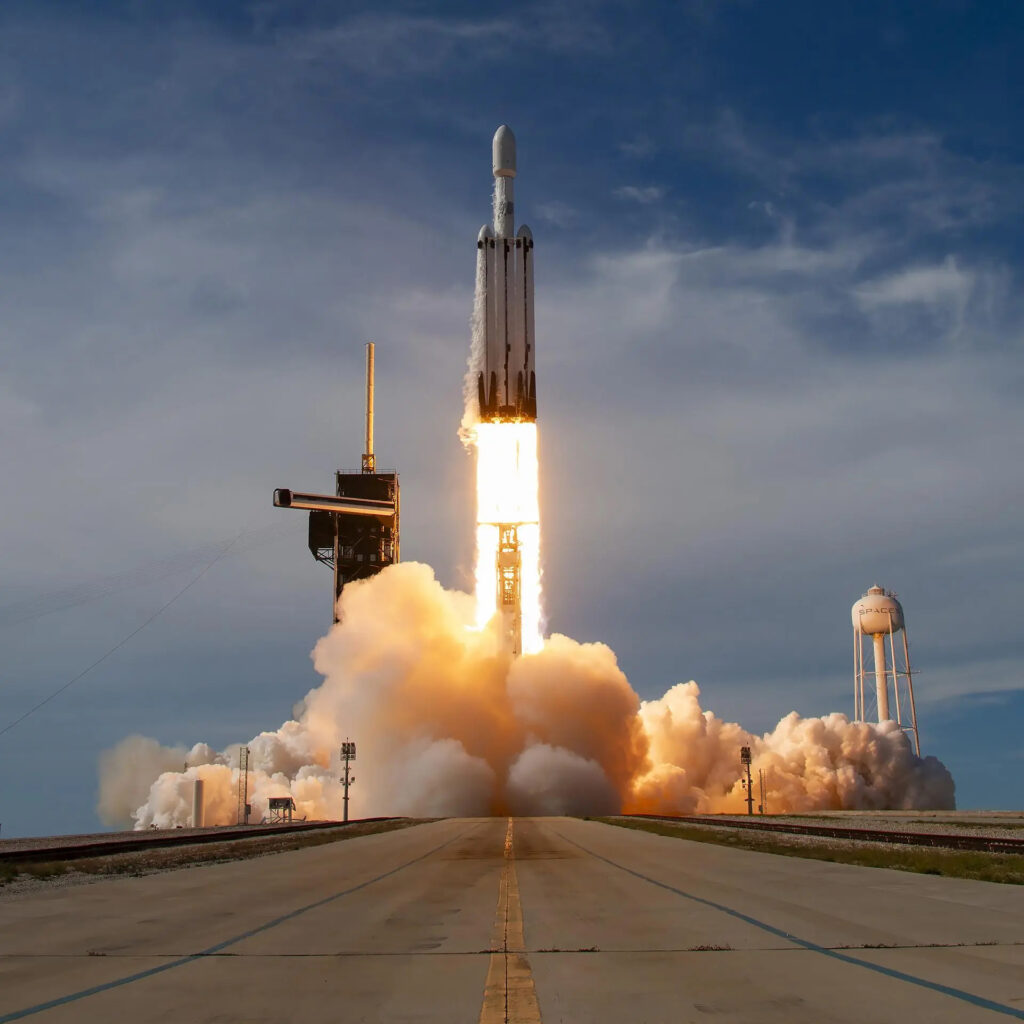Signal Acquired! NOAA GOES-U Weather Satellite Begins Its Science Mission

The NOAA (National Oceanic and Atmospheric Administration) team received telemetry from GOES-U (Geostationary Operational Environmental Satellite U), indicating the spacecraft is functioning nominally and is power positive. The NOAA GOES-U satellite has now safely deployed, and NOAA has acquired a signal. GOES-U will take about two weeks to reach geostationary orbit. Once there, the satellite will be renamed GOES-19.
NOAA oversees the GOES-R Series Program through an integrated NOAA-NASA office, managing the ground system, operating the satellites, and distributing their data to users worldwide.
On board GOES-U is a suite of seven instruments for collecting advanced imagery and atmospheric measurements, providing real-time mapping of lightning activity, and detecting approaching space weather hazards. Also onboard for the first time is the compact coronagraph that will observe the Sun’s outermost layer, called the corona, for large explosions of plasma that could produce geomagnetic solar storms.
